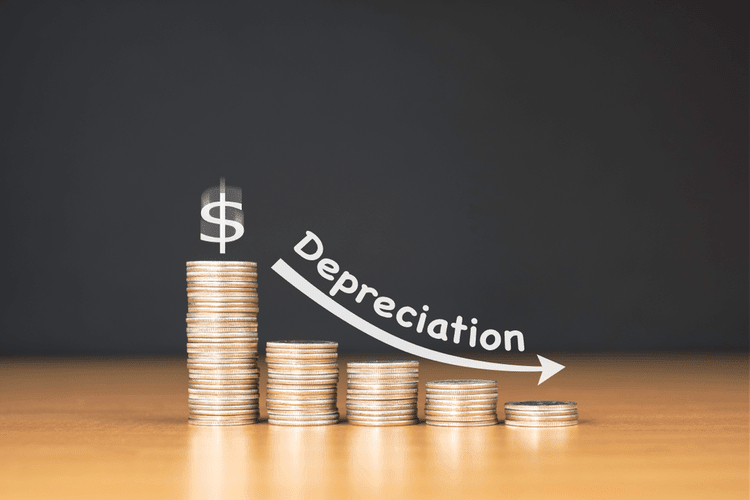Depreciation tax shield definition

For example, the child tax credit deducts up to $2,000 per dependent age sixteen or younger. In addition, paying for childcare can net you $3,000 for one dependent twelve or younger and $6,000 for two or more dependents. Currently, the United States has seven federal tax bands, with rates averaging ranging from 10% to 37%. Consider the shield’s $100,000 yearly worth as an example of an interest expense. Other factors, such as the length of ownership of the item and whether it was used to construct capital improvements, may impact the potential for depreciation to be deducted. Mr. Arora is an experienced private equity investment professional, with experience working across multiple markets.
An example of discussion of different methods that say nothing about any underlying theory of how tax shields should be value is illustrated below. The tax shield refers to the amount of tax that has been saved by claiming depreciation as an expense. It’s calculated by multiplying the depreciation expense by the tax rate. Giving to charitable organizations can shield you from a hefty sum of income taxes. Typically, you can deduct cash donations equal to 60% of your AGI and asset donations equal to 30% of your AGI.
Tax Shields for Medical Expenses
Moreover, a few covenants demand the company to maintain various ratios such as debt coverage ratio or debt-equity ratio. Option 1 will be better as tax can be saved depreciation tax shield formula more and net inflow can be improved. Hence, we can see from the above example that the operating inflow is to be better managed due to the depreciation tax shield.

For some calculations, such as free cash flow, putting back a tax shield can not be as straightforward as just adding the entire tax shield’s worth. Instead, add the interest of expenditure cost and multiply it by (1 – tax rate). D&A is embedded within a company’s cost of goods sold (COGS) and operating expenses, so the recommended source to find the total value is the cash flow statement (CFS). Those tax savings represent the “depreciation tax shield”, which reduces the tax owed by a company for book purposes. On the income statement, depreciation reduces a company’s earning before taxes (EBT) and the total taxes owed for book purposes. The intuition here is that the company has an $800,000 reduction in taxable income since the interest expense is deductible.
How is depreciation tax calculated?
Tax shields lower the overall amount of taxes owed by an individual taxpayer or a business. It is debited to the profit and loss account as expenses, reducing the profit and tax. Depreciation is allowable to the business entity for the assets used for business, and on personal investments, no depreciation is allowed as expenses.
Therefore, depreciation is perceived as having a positive impact on the free cash flows (FCFs) of a company, which should theoretically increase its valuation. It is debited to the profit and loss account as depreciation tax shield formula expenses, reducing the profit and tax. It is the amount of tax saved due to depreciation expense which calculates as depreciation debited as expenses multiplied by the applicable tax rate to the entity. Taxpayers can recoup some losses related to the depreciation of qualified property by using the depreciation deduction. Both intangible assets like patents and tangible assets like buildings are eligible for the deduction.
What is tax shield formula CFA?
Many middle-class people, whose residences make up a sizable portion of their net worth, benefit significantly from the option to utilize a mortgage as a tax shield. The ability to use a home mortgage as a tax shield is a major benefit for many middle-class people whose homes are major components of their net worth. It also provides incentives to those interested in purchasing a home by providing a specific tax benefit to the borrower.
Working with an adviser may come with potential downsides such as payment of fees (which will reduce returns). There are no guarantees that working with an adviser will yield positive returns. The existence of a fiduciary duty does not prevent the rise of potential conflicts of interest.
